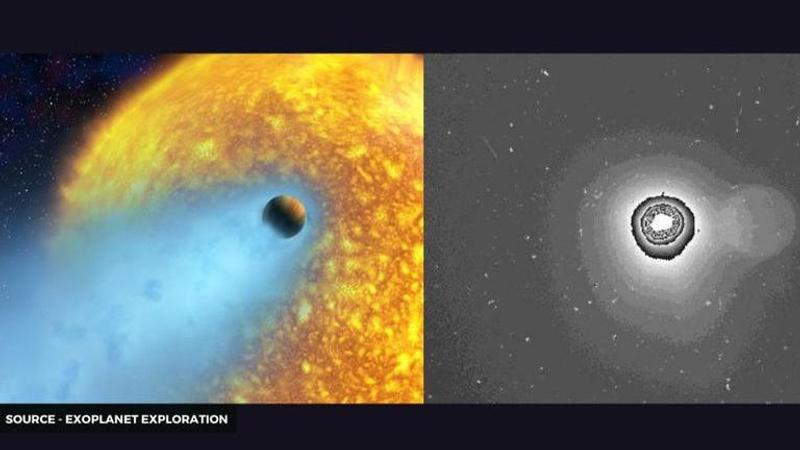Published 18:12 IST, April 12th 2021
Exoplanet Osiris revealed to have six secrets unveiling a bigger mystery
Exoplanet Osiris is discovered to have six different chemicals hovering around its atmosphere suggesting that its origin is far bigger than previously expected.

Osiris, officially called HD 209458 b, discovered in 1999 is popularly known for being the first-ever planet outside of our solar system that astronomers spotted. Today, a little more information regarding the exoplanet has been brought to our attention. As reported in the latest study published in Nature by the researchers at the University of Warwick, Osiris is said to have six different chemicals hovering around its atmosphere. It's the first time that so many different chemicals have been discovered on one single exoplanet, which uncovers a bigger mystery tied to its origin.
Exoplanet Osiris revealed to have six chemicals in its atmosphere
For those who aren't aware, Osiris is a planet from another solar system located 159 light-years away from ours. It is the warmest planet and bigger than Jupiter. As astronomers continue to discover the possibility of life beyond our solar system, they stumbled upon a piece of important news that distinguished Osiris from the rest of the exoplanets. The Nature report revealed that the planet is made up of hydrogen cyanide, carbon monoxide, ammonia, methane, acetyl and low amounts of water vapour. The study stated that the amount of carbon-based atoms is twice the amount they had previously expected.
With this study alone, astronomers could figure out the origin of this mystery planet. Reportedly, Osiris' original placement was as far away from its host star as Jupiter or Saturn is from the Sun. Researchers could make this out just by taking a look at the mix and match of chemicals in its atmosphere that is absolutely unfitting for its current placement. Currently, the planet is orbiting around its host star with a comparable distance of our solar system's Mercury to the Sun.
The study further states that if the planet wouldn't have moved so close to its seething star, it would have been equipped with more oxygen atoms, hydrogen and carbon monoxide than chemicals like methane and ammonia. That is because the closer it is to its Sun, the more oxygen atoms in the atmosphere gets vaporised. Despite having been discovered two decades ago, this is the first time such an important lead has come to light. The reason why this study is blowing up monumentally on the Internet is that such exoplanets are prime targets for finding habitable planets outside of Earth.
Image Source: Exoplanet Exploration NASA
Updated 18:12 IST, April 12th 2021



